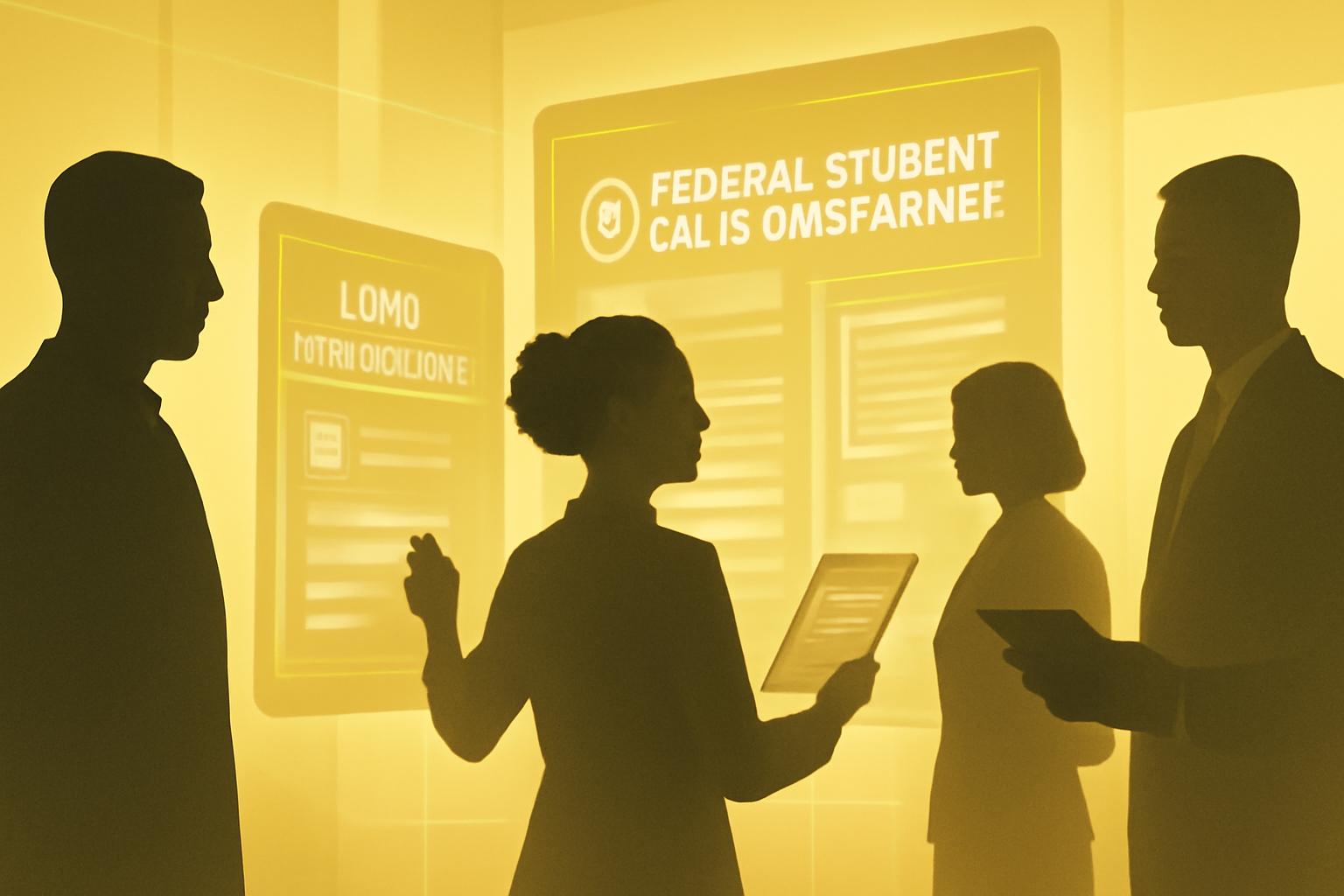Federal Student Loan Forgiveness: Who Qualifies Under Recent Trump-Era Guidelines
In recent weeks, select federal student loan borrowers have received notifications from the U.S. Department of Education indicating eligibility for debt cancellation. These notices highlight a rare instance of student loan forgiveness amid a period marked by significant cutbacks and legal challenges under the Trump administration. An email received by one borrower stated: “You are now eligible to have some or all of your federal student loan(s) discharged because you have reached the necessary number of payments under your Income-Based Repayment (IBR) Plan.” This development signals renewed opportunities for relief for borrowers enrolled in specific repayment plans.
Eligibility Restricted to Income-Based Repayment (IBR) Plan Participants
Despite multiple repayment options available to student loan borrowers, the current forgiveness program applies exclusively to those enrolled in the Income-Based Repayment (IBR) plan. This is a direct consequence of judicial rulings and legislative changes during the Trump administration, which phased out several other income-driven repayment (IDR) plans. Congress originally established IDR plans in the 1990s to enhance affordability by capping monthly payments relative to discretionary income and forgiving remaining balances after 20 to 25 years. Borrowers receiving the recent forgiveness notices often transitioned from plans like the Income-Contingent Repayment (ICR) plan, which no longer guarantee debt cancellation, to IBR to qualify.
Payment Thresholds: 240 to 300 Qualifying Payments Required
To be eligible for loan forgiveness under IBR, borrowers must have completed a substantial repayment period. Specifically, those with loans disbursed after July 1, 2014, need 240 qualifying payments (equivalent to 20 years), while borrowers with earlier loans must reach 300 payments (approximately 25 years). Higher education expert Mark Kantrowitz advises borrowers who qualify but have not yet received notification to continue making payments to avoid delinquency. Overpayments made during this period are refundable. Additionally, payments made under other IDR plans may count toward the forgiveness timeline once a borrower enrolls in IBR, provided they meet the qualifying criteria.
Potential Delays Due to Government Shutdown and Department Backlogs
The Department of Education has indicated that qualifying borrowers’ loan discharges will be processed over the coming months. Borrowers have until October 21 to opt out of this relief. However, Carolina Rodriguez, director of the Education Debt Consumer Assistance Program, cautions that the ongoing government shutdown could further delay these discharges. This is compounded by an existing backlog exacerbated by prior staffing reductions within the Education Department. Borrowers are advised to remain patient and maintain repayment to avoid negative credit impacts while awaiting relief.
Summary and Next Steps for Borrowers
- Only borrowers enrolled in the IBR plan and meeting payment thresholds qualify for this round of loan forgiveness.
- Borrowers with older loans require up to 300 qualifying payments; newer loans require 240.
- Payments under other IDR plans may count toward forgiveness once switched to IBR.
- Government shutdown and departmental backlogs may delay processing.
- Borrowers should continue payments and monitor official communications carefully.
FinOracleAI — Market View
The recent announcement of student loan forgiveness under the Income-Based Repayment plan, despite previous cutbacks, represents a nuanced development within federal education finance policy. This move may alleviate financial pressure on long-term borrowers but is constrained by administrative delays and limited eligibility.
- Opportunities: Reduced debt burden may increase disposable income for qualifying borrowers, potentially boosting consumer spending.
- Risks: Administrative backlogs and government shutdowns could delay relief, causing borrower uncertainty and credit risk.
- Policy Impact: Signals a partial reversal of Trump-era restrictions, though limited in scope and accessibility.
- Market Reaction: Minimal direct impact on financial markets, but positive for consumer credit health in affected segments.
Impact: This development offers targeted relief to a specific subset of federal student loan borrowers, potentially improving individual financial stability while highlighting operational challenges within the Education Department’s loan servicing infrastructure.













